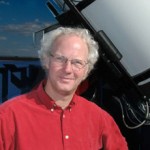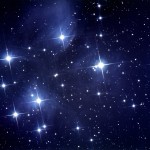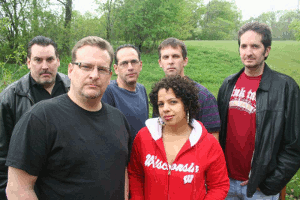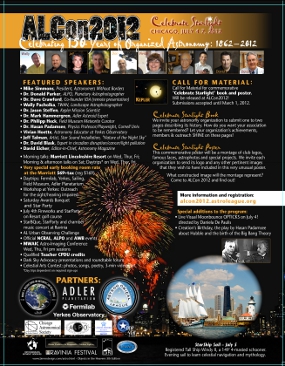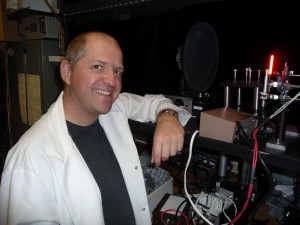 We measured city light intensity in May and June 2010 over Los Angeles from an airplane. Our results showed for the first time that city lights can influence air pollution at night by affecting a specific molecule, nitrate radical (NO3). We were able to determine the (small) influence of this effect on ozone concentrations on the following day by conducting model calculations.
We measured city light intensity in May and June 2010 over Los Angeles from an airplane. Our results showed for the first time that city lights can influence air pollution at night by affecting a specific molecule, nitrate radical (NO3). We were able to determine the (small) influence of this effect on ozone concentrations on the following day by conducting model calculations.
Further, we also used satellite maps of both city lights and pollution compounds to estimate the influence of this effect world wide. I will present results from a recent publication in Nature Geoscience (Stark, H. et al., Nature Geoscience 4, 730–731 (2011) doi:10.1038/ngeo1300).


